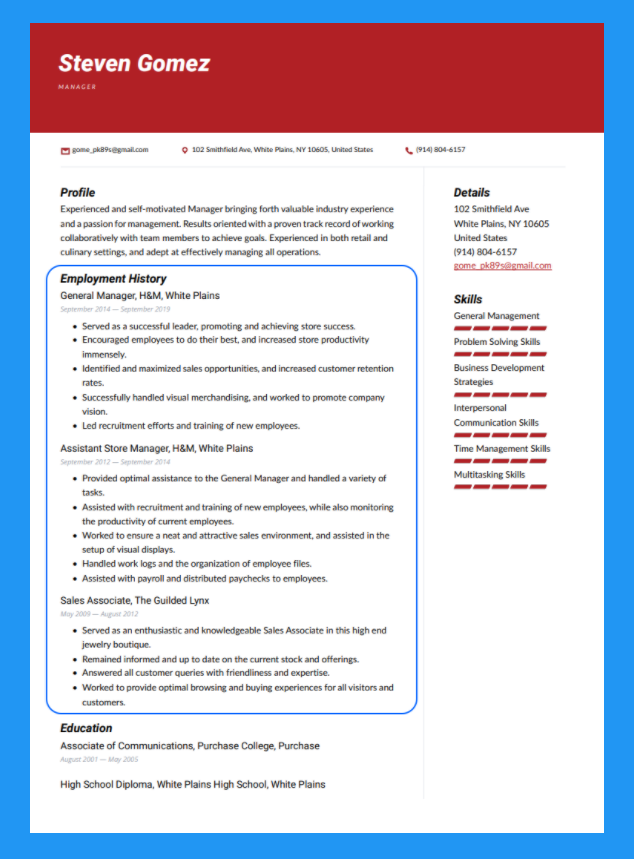
Calculation refers to the act of assigning a value or expression to an input such as a number, expression, or equation. The most popular type of simple equation, linear, is used. "Compound interest" refers to how interest is calculated based on a principal amount compounded over regular intervals.
Calculation can be described as the act of formulating numbers.
Calculation is an activity that transforms inputs into results. You can use it in many ways. It can be used to calculate the fair market price of a financial instrument or solve math problems. It can also assist in making difficult decisions. Let's examine a few examples.
Linear equations represent the most common type simple equation.
A linear equation is a simple equation in which the variables are constants, such as x and y. Its common form is Ax+B=0. And its graph is a straight line parallel to y. This is the most popular type of simple algebra.

There are many different types of equations. However, the most common type is the linear equation. A linear equation is a combination of terms on either side of an equal sign. It is used to describe the path for a line of geometric geometry and is the simplest type of simple equation. Linear equations are essential to algebra and can be used for many purposes.
The principal plus the interest are combined at regular intervals to calculate compound interest.
A formula that calculates compound interest takes into account the rate at which interest will rise over time. It calculates interest on the principal plus interest compounded at periodic intervals. To find the compound rate, multiply beginning principal times the annual, then multiply annual interest rates by the number period, minus 1, to get the compound rate. The result is then subtracted. The compounding period is the interval between the time the interest is compounded last and the next. The interest that accrues will be greater the longer the compounding period.
Compound interest is calculated from the initial principal plus any interest accrued in previous periods. Simply multiply the initial principle by the annual interest rate minus 1. This method is more attractive for younger individuals, who earn more interest over their lifetime.
Simple calculations can be done with a calculator
A calculator can be used to perform simple calculations. You can store values in the internal memory for later reference. You can use this memory to quickly perform simple calculations. The calculator can store numbers using a key, but it is essential that you correctly enter them. If you want to enter more complicated numbers, it will take more time.

Calculators can be daunting for first-time users due to all the buttons and dials. Before you use a calculator, it is a good idea to familiarize yourself with the buttons and double-check all calculations.